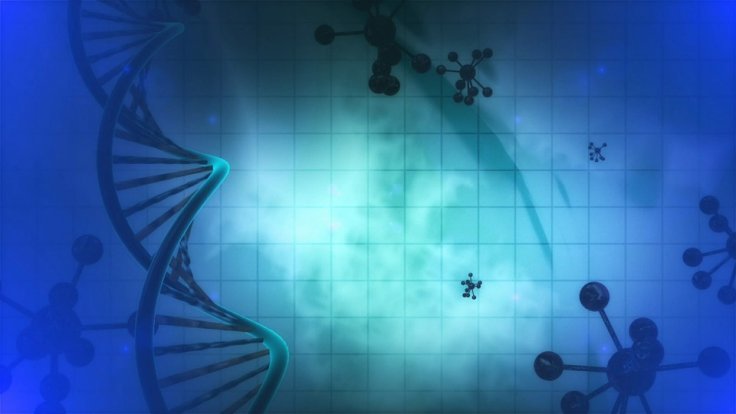
Researchers at The Scripps Research Institute (TSRI) have found that the chemical reactions of elements present in the earth four billion years ago might have triggered the formation of life on the planet.
The research published in the journal Nature Communications said that life might have been formed by reactions of chemicals found in the planet during the said period.
Ramanarayanan Krishnamurthy, associate professor of chemistry at TSRI and senior author of the study said, "This was a black box for us. But if you focus on the chemistry, the questions of origins of life become less daunting."
Researchers of the National Science Foundation, NASA (National Aeronautics and Space Administration) Center for Chemical Evolution who joined the research at TSRI, studied citric acid cycle, the key chemical reaction in all organisms.
It is believed that all aerobic organisms use the citric acid cycle to release stored energy in cells. Researchers also say that the same organic cycle had been present in reactions during the formation period of the first life.
The TSRI research, however, found that biological molecules used in the cycle are fragile and the chemical reactions would not have started in the first billion years of earth as the chemicals weren't existing during the period.

The researchers also studied the two non-biological cycles called HKG cycle and malonate cycle, which might have transformed into crude versions of the citric acid cycle. The cycles such as a-ketoacids and b-ketoacid, follow the same fundamental chemical reactions which are similar to the citric acid cycle. New reactions like Aldol additions brought new source molecules and elements like beta and oxidative decarboxylations, which release carbon dioxide (CO2) into the cycles.
Researchers found that these reactions could result in the formation of amino acids along with CO2 as its end products. Formation of biological molecules like enzymes might have replaced the non-biological molecules resulting in more elaborate and efficient systems.
Krishnamurthy said, "The chemistry could have stayed the same over time, it was just the nature of the molecules that changed. The molecules evolved to be more complicated over time based on what biology needs."
Researchers at the University of California, Los Angeles (UCLA) and the University of Wisconsin-Madison had earlier confirmed that the 3.5 billion-year-old fossil discovered in 1982 from Western Australia contains evidence of the earliest life forms on Earth. Carbon isotopes from the ancient fossil had been studied to find the trace of the earliest life forms. These primitive unicellular organisms are believed to have existed during the time when earth didn't have oxygen in its atmosphere.
Scientists also believe that life-forming elements had been brought to earth by asteroid falls during the early phases of the formation of the planet. Life is believed to have formed in ponds or ocean floors which were prone to tectonic activities.









